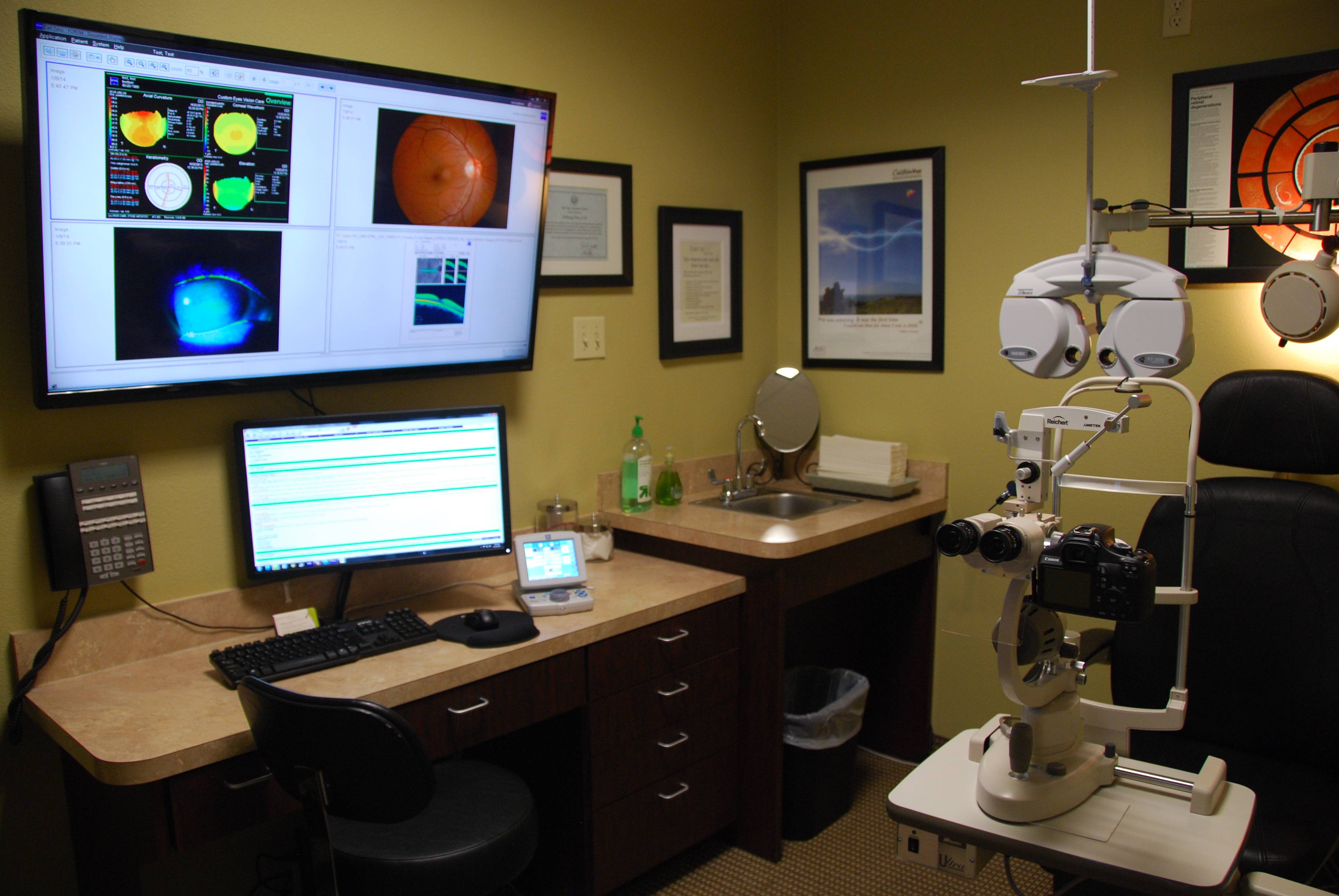Eye problems can range from mild to severe; some are chronic, while others may resolve on their own, never to appear again. The articles below will give you a basic understanding of some of these problems and their implications. The cardinal rule is if your eyes don't look good, feel good or see well, you should visit your doctor.
-
Amblyopia (Lazy Eye)
Commonly called "lazy eye",amblyopia can be treated successfully if detected early enough in childhood. -
Astigmatism
Often mistakenly called "stigmatism", this common vision problem can be corrected with eyeglasses, contact lenses or refractive surgery. -
Blepharitis
Red, swollen eyelids and crusty debris at the base of your eyelashes are signs you may have blepharitis. -
Cataracts
Cataracts are a common cause of vision loss after age 55. Surgical correction is safe and effective, and offers several new options for better vision. -
CMV Retinitis
AIDS or other diseases that affect your immune system can increase your risk of serious eye problems from cytomegalovirus (CMV) infection. -
Cornea Transplant
People with serious vision problems from an eye injury or disease affecting the front surface of the eye can often regain vision with a cornea transplant. -
Diabetic Retinopathy
If undetected or uncontrolled with medication, diabetes can cause serious vision loss, even blindness. -
Dry Eye Syndrome
Dry eye syndrome is a common condition, especially in women over age 40. Many treatment options are available. -
Eye Allergies
Are you bothered by red, itchy eyes? You may have allergies. -
Floaters and Spots
"Floaters" are usually normal and harmless. But if you notice a sudden increase in floaters or floaters accompanied by flashes of light, see your eye doctor immediately. -
Glaucoma
Glaucoma is a variety of disorders in the eye that can lead to loss of vision and even blindness. The most common type of glaucoma is caused by a gradual and painless rise of pressure inside the eye. -
Hyperopia
Also called farsightedness, hyperopia is a common vision problem that can cause headaches, eyestrain and trouble reading. -
Keratoconus
This eye disease causes the cornea to grow thinner and bulge forward in an irregular cone-shape. Treatment options range from gas permeable contact lenses to a cornea transplant. -
Macular Degeneration
This age-related problem is the leading cause of vision loss and blindness in Americans age 65 and older. -
Myopia
Also called nearsightedness, myopia is a very common vision problem, affecting up to one-third of the U.S. population. -
Ocular Hypertension
You've heard of high blood pressure, but what about high eye pressure? -
Pingueculae
Pingueculae and pterygia are funny-looking words for growths on the surface of your eye. -
Pink Eye (Conjunctivitis)
This acute and contagious form of conjunctivitis is particularly common among preschoolers and school-age children. -
Presbyopia
Are you over age 40 and starting to hold reading material at arm's length to see it clearly? You probably have presbyopia. -
Ptosis
Ptosis is a drooping eyelid. Surgery is usually required to correct this problem. -
Retinal Detachment
A detached retina is a medical emergency. Learn the warning signs of a retinal detachment and what you can do to avoid permanent vision loss. -
Retinitis Pigmentosa
These inherited disorders, commonly abbreviated as RP, cause progressive peripheral vision loss, night blindness and central vision loss. -
Styes
This common problem is simply an infected lid gland. Learn how to prevent and treat styes. -
Uveitis
This inflammatory eye disease can cause permanent vision loss if not promptly treated.

